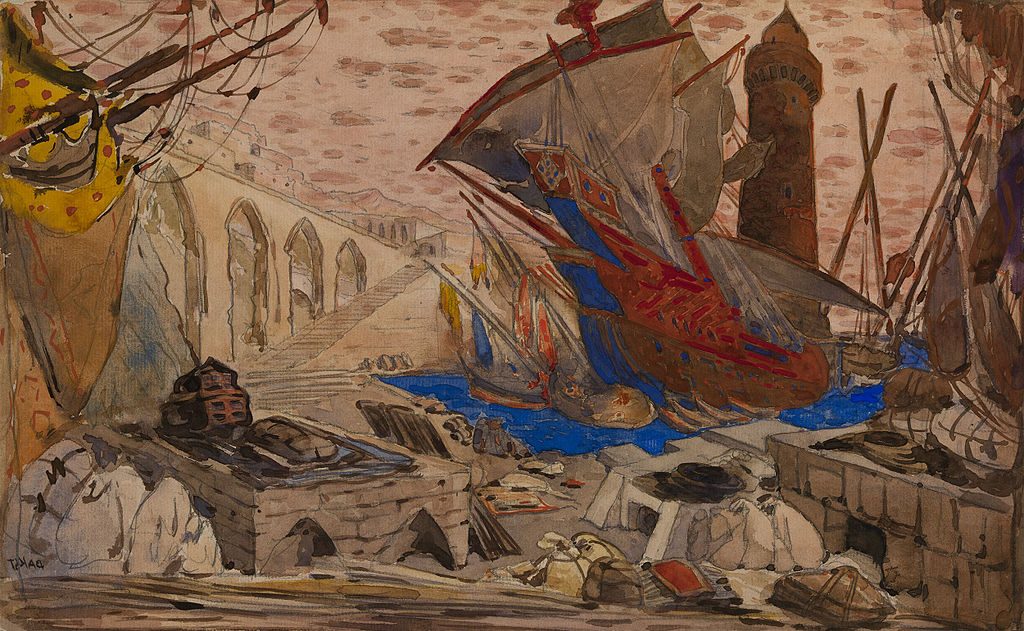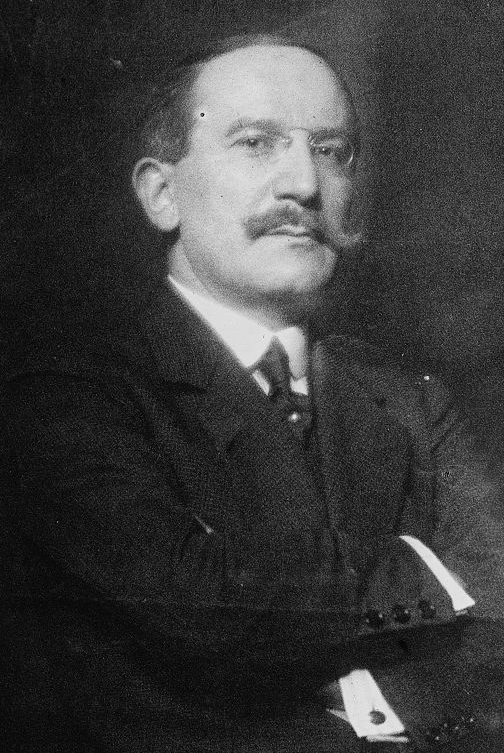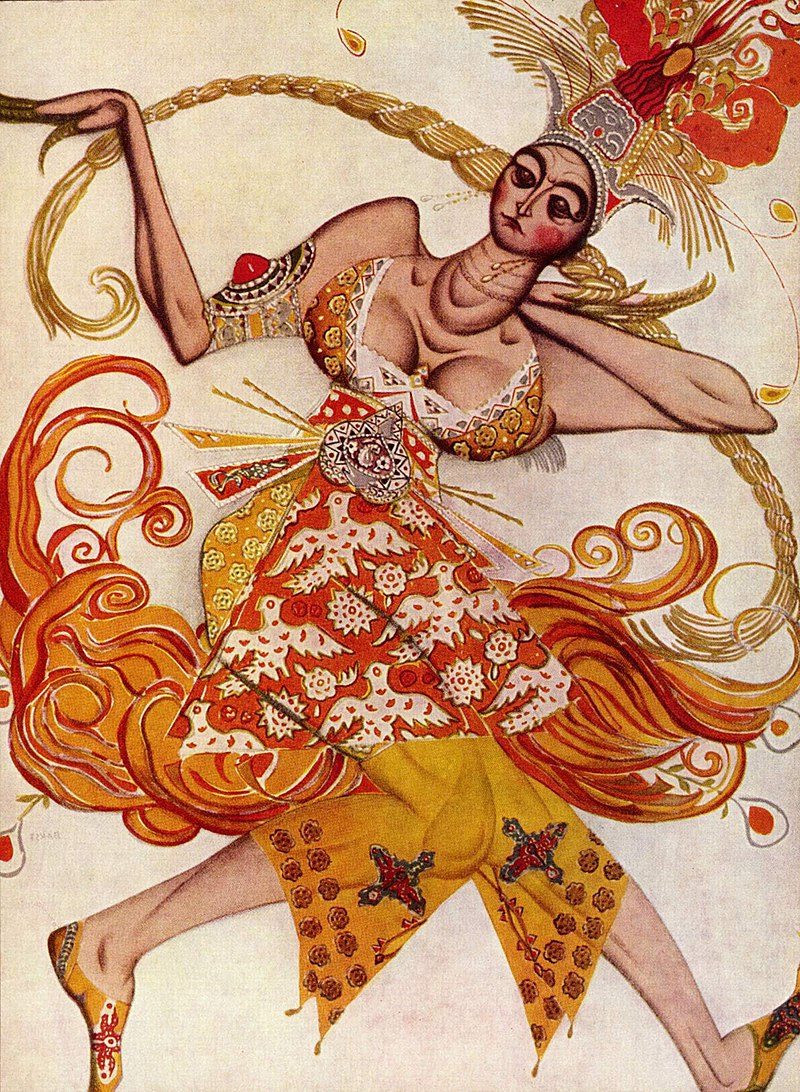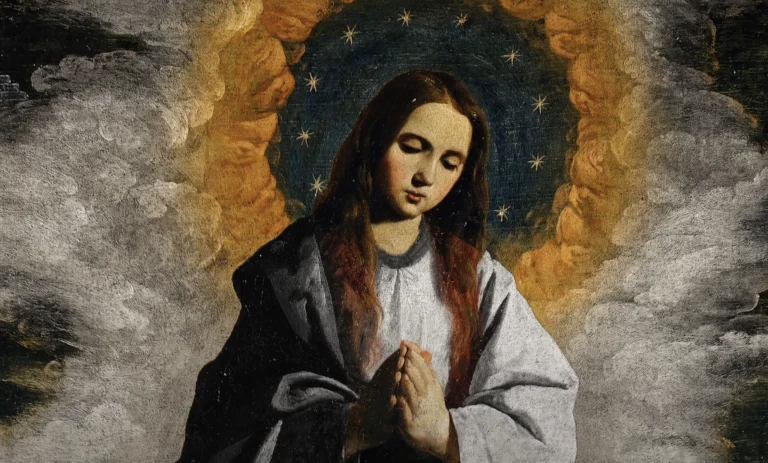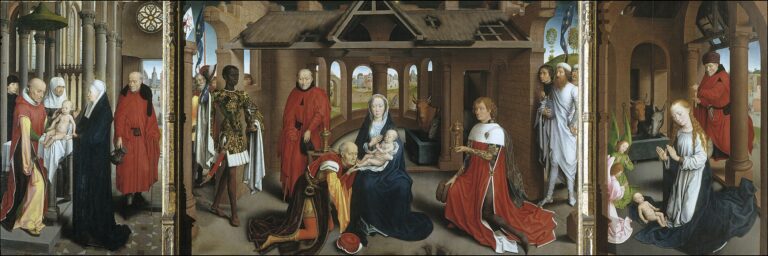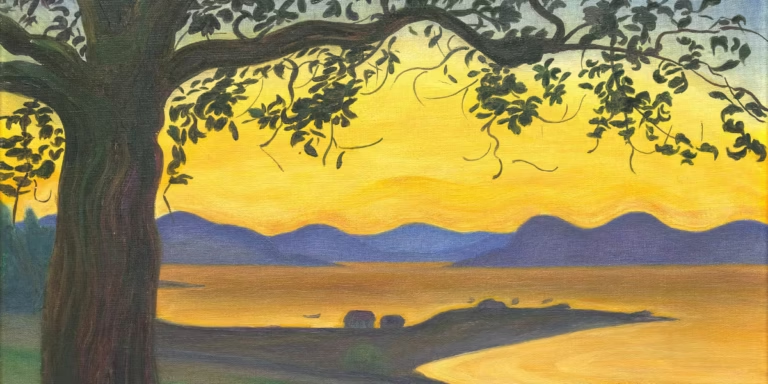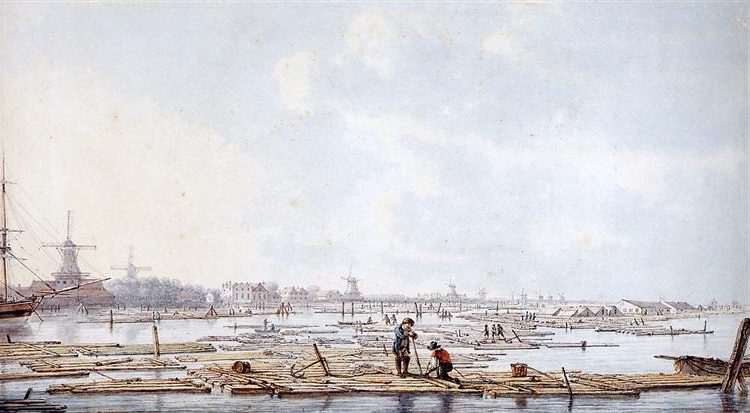Leon Bakst: Painter and Revolutionary Set Designer of the Ballets Russes
Born: 27 January 1866, Grodno Governorate, Russian Empire
Death: 27 December 1924, Rueil-Malmaison, France
Art Movement: Art Nouveau, Orientalism, Symbolism
Nationality: Russian
Institution: St. Petersburg Academy of Arts, Académie Julian, and Imperial Academy
Leon Bakst: Painter and Revolutionary Set Designer of the Ballets Russes
Early Life and Education of Léon Bakst
Léon Bakst was born as Lev Samoilovich Rosenberg in 1866. He began his journey as an artist in Grodno and later studied at prestigious institutions in Russia and France. His early years shaped his artistic vision and set the stage for his future success.
Origins in Grodno and Artistic Beginnings
Léon Bakst was born into a middle-class Jewish family in Grodno, now part of Belarus. From a young age, he showed a keen interest in art. His family moved to St. Petersburg when he was young, giving him access to the city’s rich cultural scene.
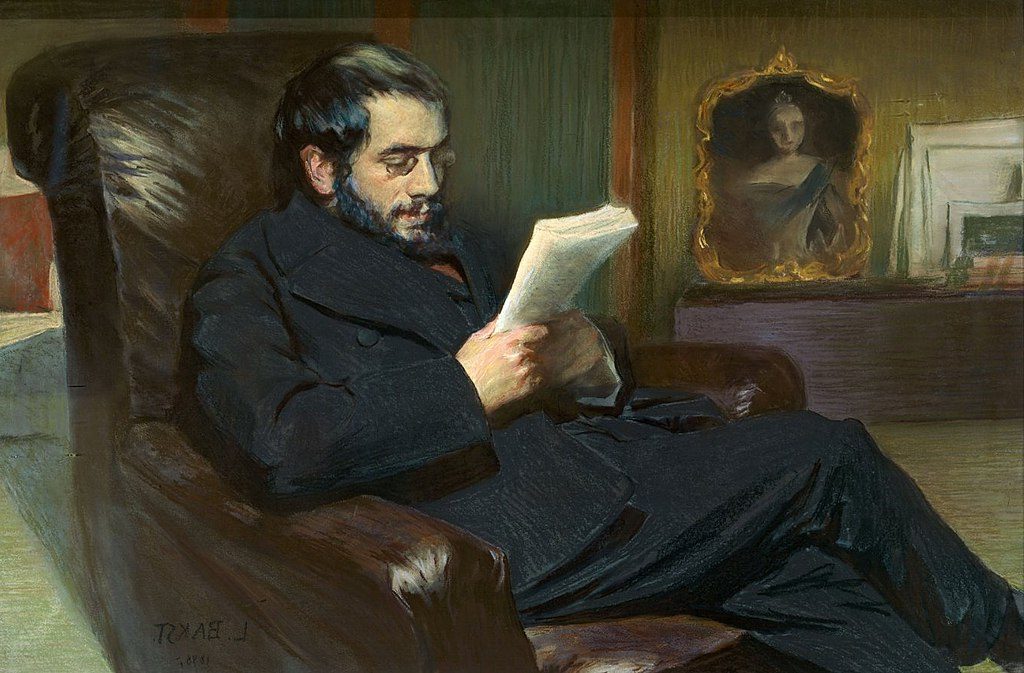
Portrait of Alexandre Benois (1898) by Leon Bakst
In St. Petersburg, Bakst started to develop his artistic skills. He took drawing classes and spent time studying artworks in museums. This early exposure to art helped shape his future career path.
Academic Training and Influences
Bakst’s formal art education began at the St. Petersburg Academy of Arts. Here, he learned the basics of painting and drawing. The Academy’s focus on classical techniques gave him a strong foundation.
Later, Bakst traveled to Paris to study at the Académie Julian. This move exposed him to new artistic styles and ideas. In Paris, he met other Russian artists and formed important connections.
Back in Russia, Bakst joined the World of Art group, also known as Mir Iskusstva. Through this group, he met Sergei Diaghilev, who would play a big role in his career. These experiences and connections helped shape Bakst into the renowned artist he would become.
Career Highlights and Artistic Contributions
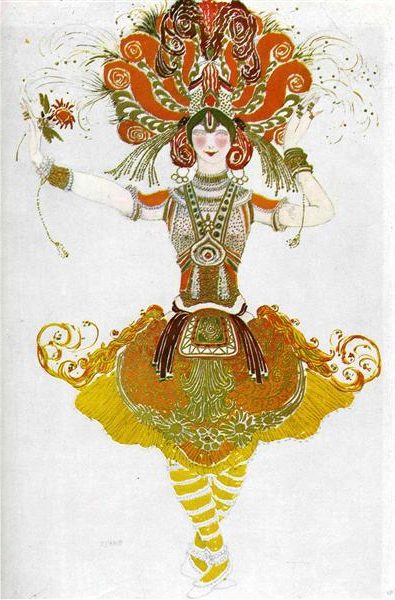
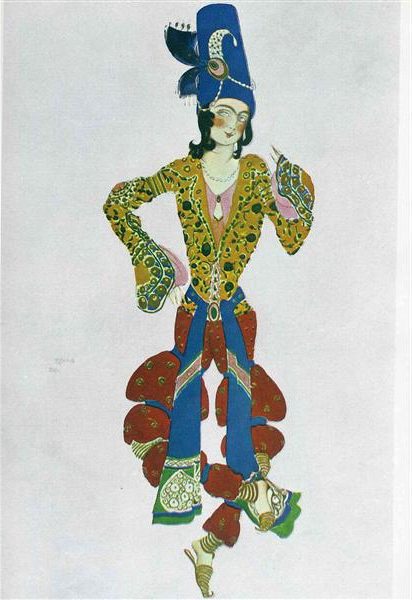
Leon Bakst made his mark as a painter, costume designer, and set designer. His work with the Ballets Russes and innovations in theatrical design greatly influenced the arts world.
Collaborations with Ballets Russes
Bakst joined Sergei Diaghilev’s Ballets Russes in 1909. He created stunning sets and costumes for many famous productions. His work on “Scheherazade” in 1910 was a big hit. The rich colors and exotic designs wowed audiences.
Bakst also designed for “Spectre de la Rose” and “L’Après-midi d’un Faune.” His costumes for “Narcisse” in 1911 showed his skill with color and form. He worked closely with choreographer Michel Fokine on many shows.
His designs helped make Ballets Russes famous around the world. Bakst’s art brought Russian culture to Western Europe in a new and exciting way.
Innovations in Theatrical Costume and Set Design
Bakst changed how people thought about stage design. He used bold colors and patterns in his costumes and sets. His work often had an exotic, oriental feel.
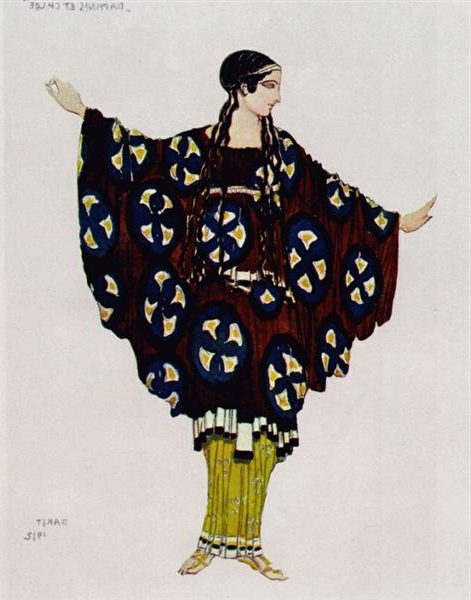

For “Daphnis and Chloe,” Bakst made richly colored sets that transported viewers to ancient Greece. In “Carnaval,” his costumes brought the characters to life in new ways.
Bakst’s designs were not just pretty. They helped tell the story and set the mood. He thought about how dancers would move in his costumes. This made the whole show better.
His ideas spread beyond the stage. Bakst’s work influenced fashion and interior design trends of the time.
Impact on Fine Arts and Teaching
Bakst was more than a stage designer. He was also a skilled painter and graphic artist. His paintings and illustrations were shown in big art exhibits.
In 1906, Bakst became an art teacher. He taught drawing at Yelizaveta Zvantseva’s art school in St. Petersburg. One of his students was Marc Chagall, who later became very famous.
Bakst’s teaching and art had a big impact. He helped form the “World of Art” group with Alexandre Benois. This group changed how people in Russia thought about art.
Even after moving to Paris, Bakst kept working on many types of art. He designed book covers, made posters, and painted portraits. His wide-ranging talent left a lasting mark on the art world.
Legacy and Influence
Léon Bakst left a lasting mark on art and design. His vibrant works and innovative style shaped theater, fashion, and visual arts for generations to come.
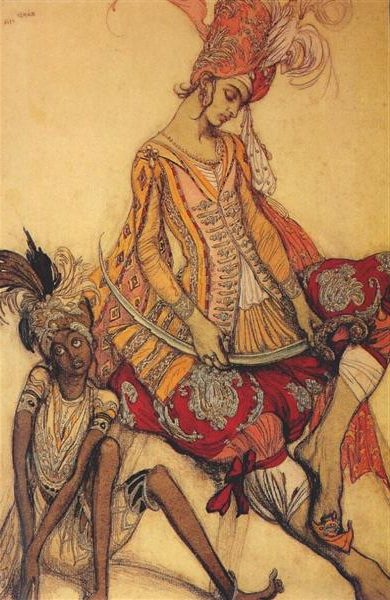
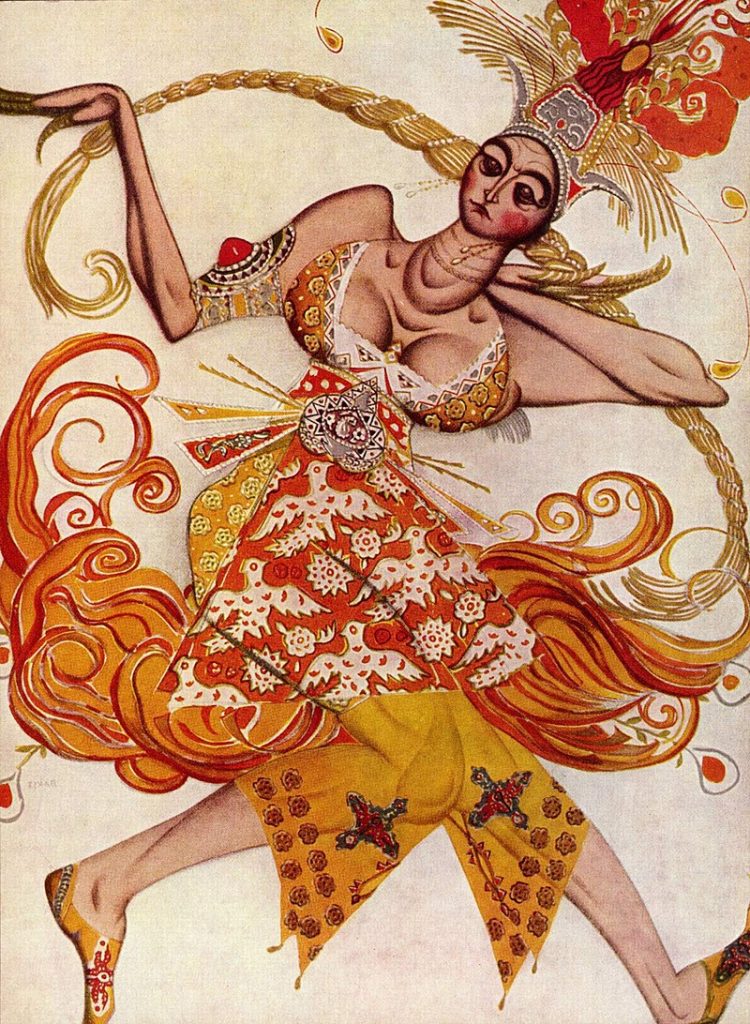
Prominent Works and Cultural Impact
Bakst’s designs for ballets like “The Sleeping Princess” and “The Firebird” stunned audiences. His bold colors and exotic motifs brought new life to stage costumes and sets. The artist’s work on “Cleopatra” and “Le Dieu Bleu” showcased his talent for blending historical and fantastical elements.
Bakst’s influence spread beyond the theater. His designs inspired fashion trends in the early 1900s. Many clothing designers copied his use of bright hues and flowing fabrics. His art also impacted interior design, with his patterns showing up on textiles and wallpapers.
Recognition and Exhibitions
Museums and galleries worldwide have displayed Bakst’s works. Major shows in Europe and the U.S. have kept his art in the public eye. The Evergreen House in Baltimore holds a large collection of his designs.

Drawing of a Horse Drinking (early 20th century) by Leon Bakst
Bakst’s fame grew after his death. Art historians praise his role in modernizing theatrical design. His sketches and paintings are now prized by collectors. Books and articles continue to explore his life and art, ensuring his legacy lives on.
Frequently Asked Questions
Leon Bakst was a renowned Russian artist who made significant contributions to theater design and costume. His work shaped ballet productions and influenced fashion trends in the early 20th century.
What is Leon Bakst known for in the art world?
Leon Bakst gained fame as a painter and theater designer. He created vibrant sets and costumes for ballet productions. His designs were known for their bold colors and exotic themes.
Bakst’s work helped transform stage productions in the early 1900s. He brought a new level of artistry and imagination to theatrical design.
How did Leon Bakst influence costume design in ballet?
Bakst revolutionized ballet costume design with his innovative approach. He introduced flowing fabrics and vibrant hues that allowed dancers more freedom of movement.
His designs often featured exotic elements inspired by Eastern cultures. Bakst’s costumes helped bring the fantastical worlds of ballets to life on stage.
What are some of Leon Bakst’s most famous works?
Bakst created iconic designs for several ballet productions. His work on “Scheherazade” in 1910 is particularly famous. The colorful, Oriental-inspired costumes and sets were groundbreaking.
Other notable works include his designs for “The Firebird” and “Daphnis et Chloé”. These productions showcased Bakst’s talent for creating visually stunning theatrical worlds.
What impact did Leon Bakst have on the Ballets Russes?
Bakst was a key figure in the success of Sergei Diaghilev’s Ballets Russes. His designs helped establish the company’s reputation for innovative and visually striking productions.
Bakst’s work elevated the artistic quality of ballet performances. He played a crucial role in making the Ballets Russes a sensation in Western Europe.
Can you describe Leon Bakst’s involvement with the Scheherazade ballet?
Bakst designed the sets and costumes for “Scheherazade” in 1910. His work brought the Arabian Nights tale to life with rich colors and sumptuous fabrics.
The production was a huge success. Bakst’s designs for “Scheherazade” influenced fashion trends beyond the stage, inspiring new styles in clothing and interior design.
What artistic movement is Leon Bakst associated with?
Leon Bakst was linked to the Art Nouveau movement. His work shared the movement’s focus on organic forms and decorative elements.
Bakst’s designs also showed influences of Orientalism and Symbolism. He blended these styles to create his unique artistic vision for the stage.

